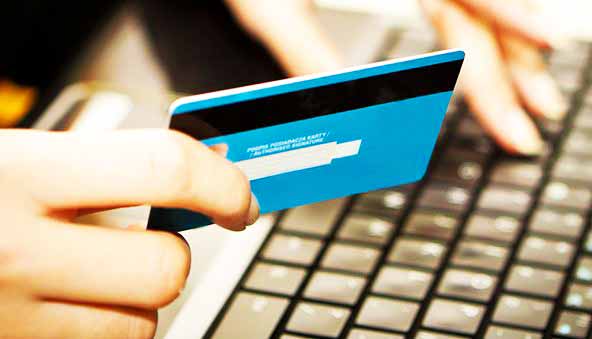MOTO and Internet Explained
Credit Card Processors divide merchant types, depending on the method in which they process their customers’ cards. Merchants that obtain customer credit card information via the Internet, by phone, fax or mail, process the cards without seeing the card are considered “MOTO” (Mail Order / Telephone Order), or strictly Internet merchants.
Examples of the types of processing techniques are as follows:
- For Internet merchants, customers go to a website to shop and purchase. When the customer has finished shopping, they enter the checkout section of the site to finalize their purchase. Credit card information is inputted, either by the customer, or the merchant, (in cases where the customer requests.) through the processing gateway built into the merchants’ website. The entire process is accomplished over the Internet. This is called “Real Time” processing.
- MOTO merchants do not process transactions through their own website, they can, however process their transactions through the Internet, using a PC, with a log in account to access a processors Gateway. MOTO merchants can also perform transaction processing through their PC, using special software to communicate with the processors. MOTO merchants can also utilize a credit card terminal to accomplish the transaction.

- These types of processing solutions are considered Card-Not-Present transactions. The potential for fraud and losses to the merchants and processors increases, due to the lack of verifying the card holder making the purchases, is the owner of the card. This is most prevailing concern of an Internet merchant. More than 50% of all fraud occurs in these types of transactions.
- Preventive measures have been developed and implemented by the processors, to assist the merchant in verifying the card holders’ information. Measures like Address Verification (AVS), CVV2 (3 digit # on back of card), and other verification systems aid in the transaction process, helping the merchant and processor limit fraud, theft and losses.
These defense mechanisms are continually evolving.
